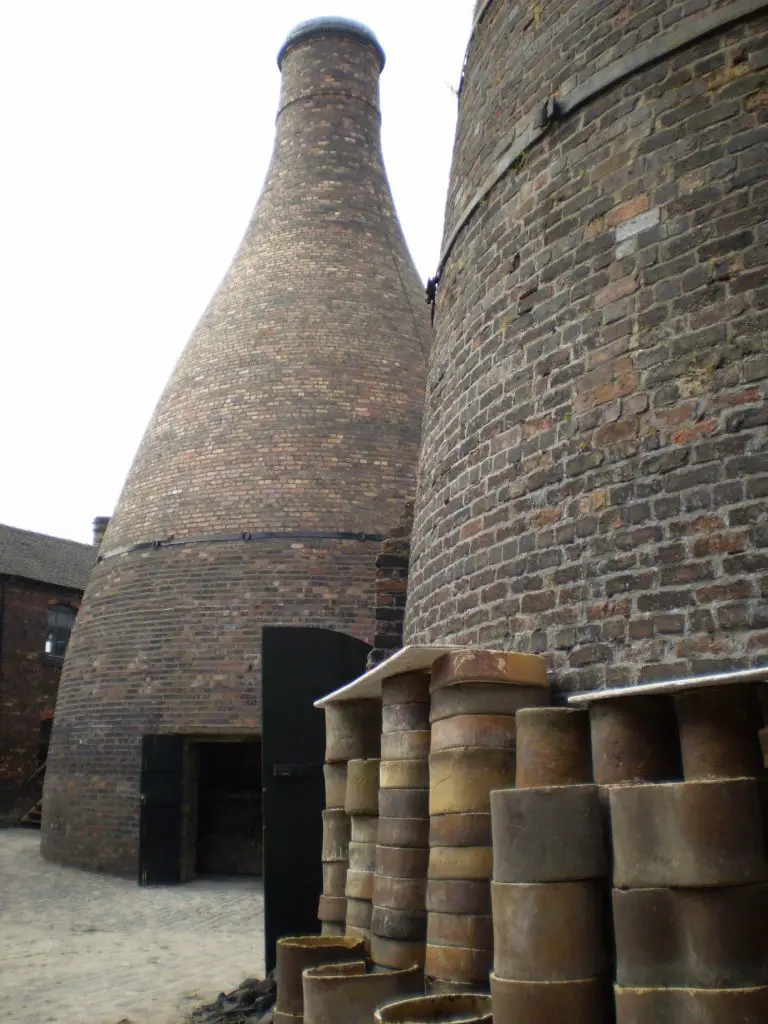When it comes to pottery, you can’t ignore its most vital element – a kiln. While kilns are expensive and it is difficult to work with such a high temperature, many people end up wasting their money by buying a kiln before mastering the art of pottery.
A kiln, apart from being expensive, works on electricity. Moreover, different materials require different degrees of heating, so you might have to use the kiln from somewhere around 1 hour to 20 hours. As a result, it enhances the overall expenditure of using a kiln. Hence, before you start firing your craftwork, you must know the cost of electricity you would have to bear.
The overall expenses you would have to meet depend on many parameters like duration of firing, cost of electricity (usually measured in Kilowatt per hour), the duty cycle, the frequency at which you use the kiln, its kilowatt rating (mentioned in the control box itself), and also the quantity and composition of the pieces you fire.
So, to help you get a price quotation for using a kiln, here we are going to tell the factors that affect the cost. Without wasting much time, Let’s discuss it in detail.

Duration of firing
Kilns consume a lot of power to provide very high temperatures for firing. As discussed earlier, the cost of electricity depends on the duration you are using the kiln. If you are using it for a longer time, your electricity bill would naturally jack up quickly.
A standard kiln does not draw electricity continuously. Instead, it has a duty cycle that is defined as the amount of time the machine actively draws power from the mains. The humming or buzzing sounds you hear infer that the kiln is actively drawing power, and the relays are switched on.

If you are firing your clay for 10 hours, the duty cycle would be around 50% of the total time the kiln was in use, i.e. 5 hours. The kiln operating time is generally tracked by a digital clock present on the machine. If not, you will have to keep an eye on the clock manually.
Cost of Electricity
Unlike the first factor, this is something that varies from one place to another. It basically depends on the cents and provider charges per Kilowatt-hour. It is around 12 cents in the US and can exceed up to 99 cents per Kilowatt-hour. You can find the rate printed on your monthly electricity bill.
Power consumed by the Kiln/ Kilowatt rating
Kilns that operate on household power can consume around 1500 watts. Larger kilns may consume up to 10,000 watts. For instance, MAS1823HE Olympic Kiln requires 6300 watts. The cost of expenditure largely depends on the type of kiln you use and the power rating labeled on the side of its control box along with the number of amperes and voltage it operates on.
Frequency
Another vital factor is the frequency of the machine it operates. You might have to use it more than once, quite inevitably, for a piece or multiple pieces. However, the duration of each firing may vary if the frequency increases, which will add more dollars to your electricity bill. Hence, it is essential to decide the frequency; it will depend upon whether you are going to fire clay potteries intermittently or occasionally once a week.
Quantity and the composition of the pieces
Different clay types like Earthenware, Stoneware, Terra Cotta, and Porcelain require different degrees of heating. As a result, the firing time, frequency, and power rating of a kill will also vary with the material and composition of the pieces. Therefore, the bill may be high if the kiln is used for pieces that require longer periods and several frequencies of firing.
Pieces of larger dimensions of clay such as Aurora Pottery – Coleman Porcelain Clay (High-Fire) cannot be heated in smaller kilns at relatively low temperatures. In such cases, larger kilns of high-power ratings are bought instead. If a person chooses to fire a list of pieces, the consumption of electricity units would be higher, which could be a toll on your wallet.
Here is a table to help you understand how kiln temperature varies with the cone of a kiln:
| Kiln Color | Cone | Temperature | Facts and Observations |
| White | 14 | 1400 | Porcelain |
| Bright yellow-white | 10 | 1300 | Intense glow, making it difficult to see inside the kiln. |
| High Yellow | 6 | 1200 | Mid-fire pottery. |
| Yellow | 03 | 1100 | Low-fire pottery/ Earthenware |
| Orange | 010 | 900 | Clay particles begin to vitrify. |
| Cherry red | 018 | 700 | Sulfur/Carbon is burnt, producing a strong smell. |

Steps to Calculate the Firing Cost:
You must have the prerequisite data to calculate the firing cost. It includes money charged per kilowatt-hour, the power rating of the kiln, its duration, and the duty cycle. The steps involved are as follows:
Step-1: The electricity provider can inform you about the cost per hour you will need to bear, or it can be found printed on your monthly electricity bill. As mentioned earlier, it is around 12 cents in the US and can vary from one location to another.
Step-2: Next, note down the Kilowatt rating labeled on the control box of the kiln. For kilns running on household power, it can consume up to 1500 watts. Larger kilns may require more power, ranging from 10 Kilowatts to 12 Kilowatts.
Step-3: At the end of the firing process, check the digital panel on the kiln to note the duration for which it has been in use. If no digital panel is available, doing it manually is the only option left.
Step-4: Keep in mind the duty cycle of the kiln – the time for which it actively draws power. The duty cycle generally equals 50% of the total duration. Remember that with time, the efficiency of the kiln would be reduced, and hence, it would consume more power, thereby increasing the duty cycle.
These are the data you would need to calculate the cost. After this, apply the below-stated formula:
Cost per Kilowatt-hour × Power rating (Kilowatt rating) × Duration of firing × Duty cycle
Highly developed kilns have digital calculators that do the calculation for you. They require you to enter the cost per Kilowatt-hour, and the cost of firing pops up on the screen automatically. If these types of modern kilns are not available, you can still easily do it with the help of a calculator.
Conclusion:
There is no short answer to the question if kilns require a lot of electricity or not. But, yes, kilns do consume a lot of electricity compared to other household appliances. However, the cost of firing depends on the above-mentioned factors, which may vary from person to person, depending upon their purpose of use. An experienced person having a large number of pieces to fire would require much more electricity.







